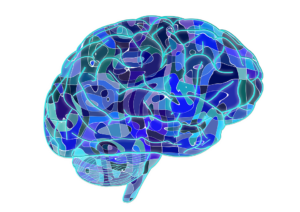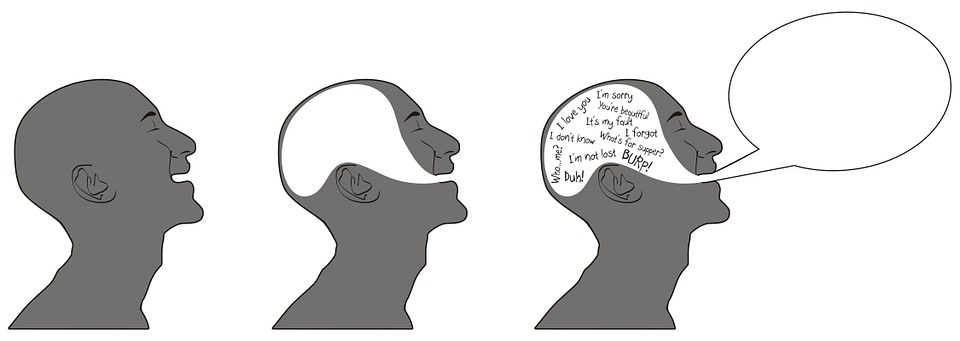Brain basis of Stuttering
Developmental stuttering, or stammering (i.e., suttering that develops ‘naturally’ in childhood) is not associated with brain injury or low cognitive functioning. However, stuttering has been associated with signal abnormalities in the brain, nerves and muscles.17

Over the past 20 years, there has been an increased interest in the neural basis of stuttering. Studies increasingly explore the functional brain differences between those who do and don’t stutter. Overall, evidence suggests that stuttering is associated with differences in the circuits or pathways of the brain that control the planning and production of sound sequences.17 These pathways are important for fluent speech.
A detailed 2018 review of the literature highlighted several patterns seen across existing brain imaging studies, showing stuttering may be associated with:
- Altered ability to integrate information about speech sounds between motor, planning and auditory feedback areas of the brain.18-21
- Altered activity in the primary motor cortex that may be influenced by poorer links to speech planning areas.22-23 The primary motor cortex controls muscle movements, like walking, jumping, and also speaking.
- Altered interaction between “cortical and sub-cortical regions … that are linked to both rhythm and speech processing”.17, 24-26 These are the skills that enable a speaker to produce naturally fluent speech that follows the expected intonation patterns and rhythms of spoken language.
Research is ongoing in this area of stuttering. Researchers are also researching the links between brain differences and the genetic causes of stuttering. Broadly speaking, as knowledge expands in this area, researchers and clinicians hope to better predict the onset and persistence of stuttering. This information can then help to develop targeted and effective interventions.


